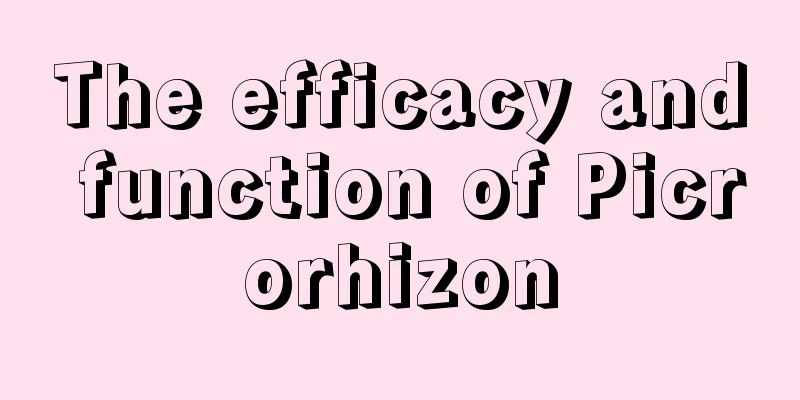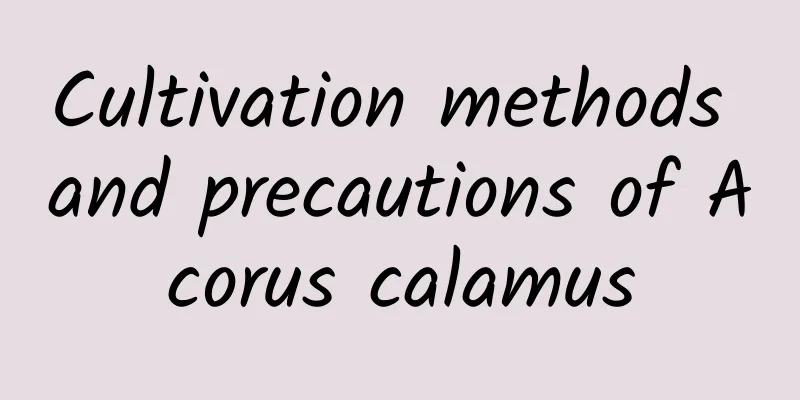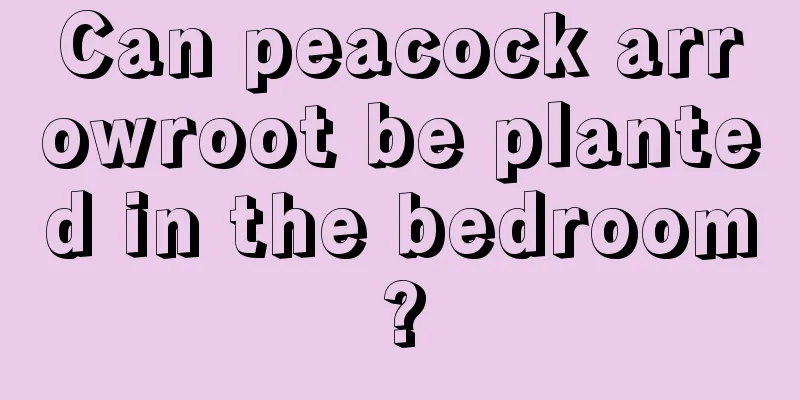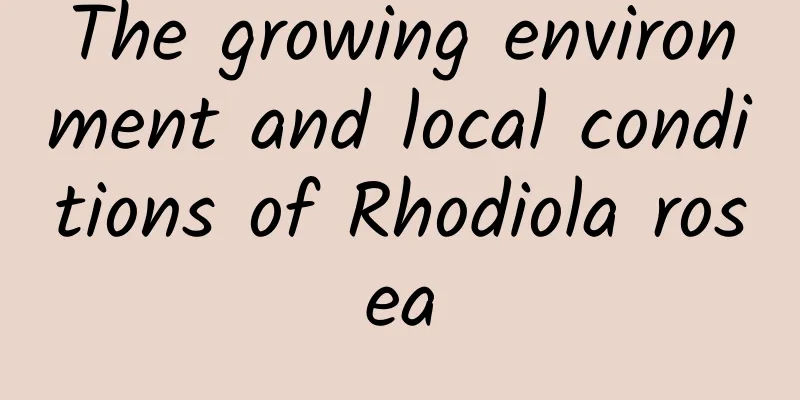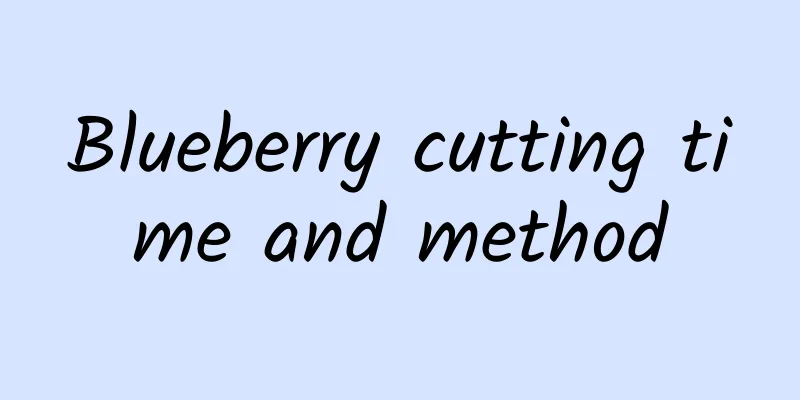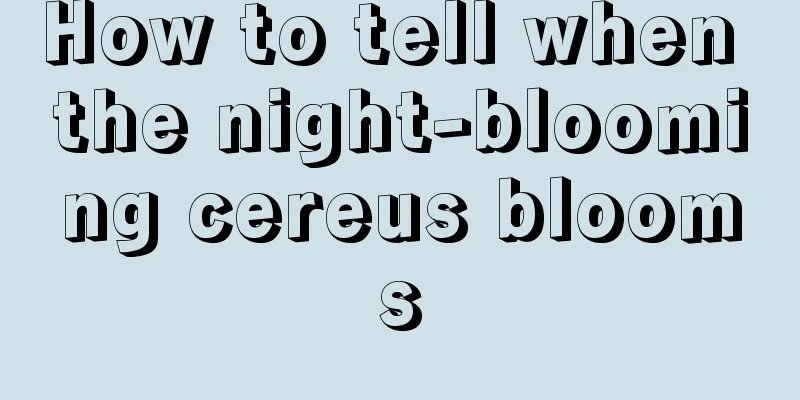How to use sodium hypochlorite disinfectant and precautions
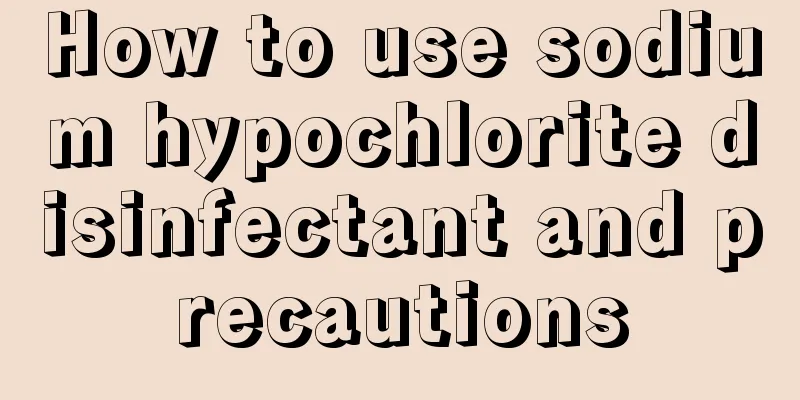
|
Sodium hypochlorite disinfectant is a liquid disinfectant with sodium hypochlorite as the main ingredient. It can kill intestinal pathogens, pyogenic cocci, pathogenic yeasts, and inactivate viruses. Below, the editor will introduce the usage and precautions of sodium hypochlorite disinfectant. Let’s take a look. 1. How to use sodium hypochlorite disinfectant 1. Dilution Sodium hypochlorite disinfectant usually needs to be diluted before use. The specific dilution ratio should be based on the product instructions or professional advice. Generally speaking, the dilution ratio used for environmental disinfection is lower, while the dilution ratio used for disinfection of medical devices, surgical instruments, etc. is higher. 2. Soak and wipe For items that need to be disinfected, they can be disinfected by soaking or wiping. Soak the items in diluted disinfectant, or wipe the surface of the items with a cloth soaked in disinfectant to ensure that the disinfectant is in full contact with the items. 3. Spray disinfection For air and space environments, a sprayer can be used to spray diluted disinfectant into the air to kill microorganisms in the air. 2. Precautions 1. Safety protection Sodium hypochlorite disinfectant is irritating and corrosive. When using it, you need to wear protective glasses, gloves and a mask to avoid direct contact of the disinfectant with your skin and eyes. 2. Proper storage Sodium hypochlorite disinfectant should be stored in a cool, ventilated, dry place, away from fire and flammable items. At the same time, avoid direct sunlight and high temperatures to prevent the disinfectant from decomposing and becoming ineffective. 3. Avoid mixing with other chemicals Sodium hypochlorite disinfectant may react with certain chemicals to produce harmful gases or reduce the disinfection effect. Therefore, it should be avoided to mix with other chemicals during use. 4. Regular replacement Using the same bottle of disinfectant for a long time may cause the concentration of the disinfectant to decrease, affecting the disinfection effect. Therefore, it is recommended to replace the disinfectant regularly to ensure the disinfection effect. 5. Follow the instructions for use Different brands of sodium hypochlorite disinfectant may have different usage methods and dilution ratios. When using, be sure to follow the product instructions or professional advice and do not change the dilution ratio or usage method at will. The above is the usage and precautions of sodium hypochlorite disinfectant. Sodium hypochlorite disinfectant is a chlorine-containing disinfectant, commonly used for disinfection of the environment, surfaces of objects and food. It is an external disinfectant and cannot be taken orally. It must be used correctly according to the instructions.
|
<<: How to hydroponically cultivate Monstera? Can it survive hydroponically?
>>: The correct steps for cutting Monstera and how to care for it after cutting
Recommend
Diseases and their control of red banana
Banana leaf spot Leaf spot is also called leaf bl...
How to make the leaves of white palm shiny, bigger and thicker
1. Proper amount of water It likes a humid enviro...
How much is the yield of beans per mu? What is the profit of planting beans per mu?
Bean yield per mu There are many varieties of bea...
Can soybean meal be used as fertilizer?
Soybean meal as fertilizer Soybean meal can be us...
The process of orange germination
The process of orange germination Oranges are a v...
Can roses be planted in pots?
Can roses be planted in flower pots? Roses can be...
How to grow lucky bamboo to make it bloom, what does blooming mean
1. Maintenance methods to promote flowering Under...
How to make white chrysanthemum bloom on New Year's Day
Natural flowering period Although this flower is ...
The difference between pickerel grass and raindrop flower
What is Yujiuhua The raindrops are an annual aqua...
How to grow pitcher plants hydroponically
Can it be hydroponically grown? Nepenthes can be ...
The flower language and legend of Pulsatilla
The legend of the white-headed bird In the ancien...
How to care for hydroponic spring rain plants
Spring Rain Hydroponics Method 1. Remove the soil...
Can red sandalwood seedlings be planted in the north?
Can red sandalwood seedlings be grown in the nort...
What to do if the love vine is too long
1. Pruning If you feel that the love vine has gro...
How to identify Liriodendron tulipifera
1. Blades The leaves of the tulip tree are jacket...



